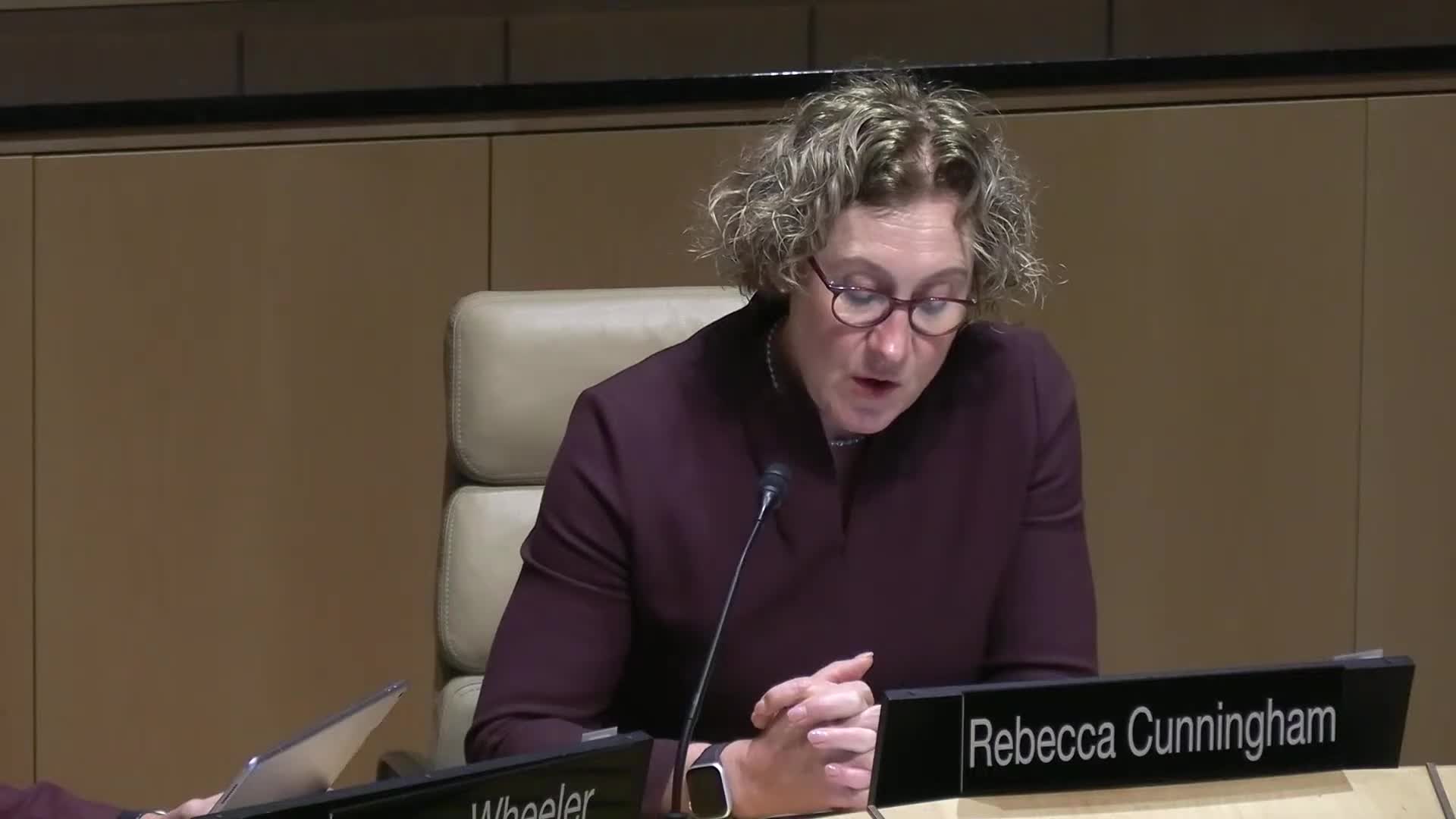University Leaders Introduce New Funding Strategy to Tackle $6 Billion Maintenance Challenge
September 19, 2025 | University of Minnesota, Public Universities Board of Trustees Meeting, School Boards, Minnesota
This article was created by AI summarizing key points discussed. AI makes mistakes, so for full details and context, please refer to the video of the full meeting. Please report any errors so we can fix them. Report an error »

In a recent special meeting of the University of Minnesota Board of Regents, university leaders emphasized the urgent need for a new approach to funding and maintaining campus infrastructure. President Joan Gabel highlighted that traditional funding methods are no longer sustainable, as reliance on unpredictable state funding cycles has proven inadequate for the university's growing needs.
During the meeting, Executive Vice President Greg Goldman presented a stark overview of the university's financial situation. He noted that the university had requested $200 million in Higher Education Asset Preservation and Replacement (HEAPR) funding during the 2025 legislative session but received only $60 million. This amount, along with an additional $8 million for a pedestrian bridge, falls significantly short of the university's ongoing maintenance and modernization needs, which are estimated at a staggering $6 billion.
Goldman pointed out that the sporadic nature of state funding makes it nearly impossible for the university to plan effectively for the future. With many buildings in poor or critical condition, the university is facing a growing backlog of deferred maintenance. He stressed that the current funding model is not viable for a leading land-grant institution.
To address these challenges, the university is adopting a proactive strategy. Starting in fiscal year 2026, the university plans to allocate $10 million from its operating and maintenance funds. This move will enable the university to borrow approximately $150 million, which will be repaid over the next 30 years. This innovative approach aims to ensure that the university can invest in its infrastructure and meet the needs of its academic mission.
The discussions at this meeting underscore the university's commitment to addressing its infrastructure challenges while adapting to the realities of limited state funding. As the university moves forward with its new financial strategy, it aims to create a safer and more reliable environment for students, faculty, and staff, ultimately benefiting the entire community.
During the meeting, Executive Vice President Greg Goldman presented a stark overview of the university's financial situation. He noted that the university had requested $200 million in Higher Education Asset Preservation and Replacement (HEAPR) funding during the 2025 legislative session but received only $60 million. This amount, along with an additional $8 million for a pedestrian bridge, falls significantly short of the university's ongoing maintenance and modernization needs, which are estimated at a staggering $6 billion.
Goldman pointed out that the sporadic nature of state funding makes it nearly impossible for the university to plan effectively for the future. With many buildings in poor or critical condition, the university is facing a growing backlog of deferred maintenance. He stressed that the current funding model is not viable for a leading land-grant institution.
To address these challenges, the university is adopting a proactive strategy. Starting in fiscal year 2026, the university plans to allocate $10 million from its operating and maintenance funds. This move will enable the university to borrow approximately $150 million, which will be repaid over the next 30 years. This innovative approach aims to ensure that the university can invest in its infrastructure and meet the needs of its academic mission.
The discussions at this meeting underscore the university's commitment to addressing its infrastructure challenges while adapting to the realities of limited state funding. As the university moves forward with its new financial strategy, it aims to create a safer and more reliable environment for students, faculty, and staff, ultimately benefiting the entire community.
View full meeting
This article is based on a recent meeting—watch the full video and explore the complete transcript for deeper insights into the discussion.
View full meeting
